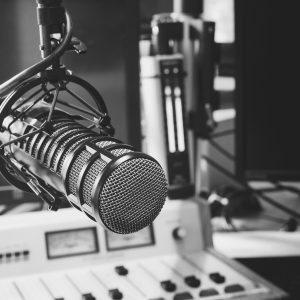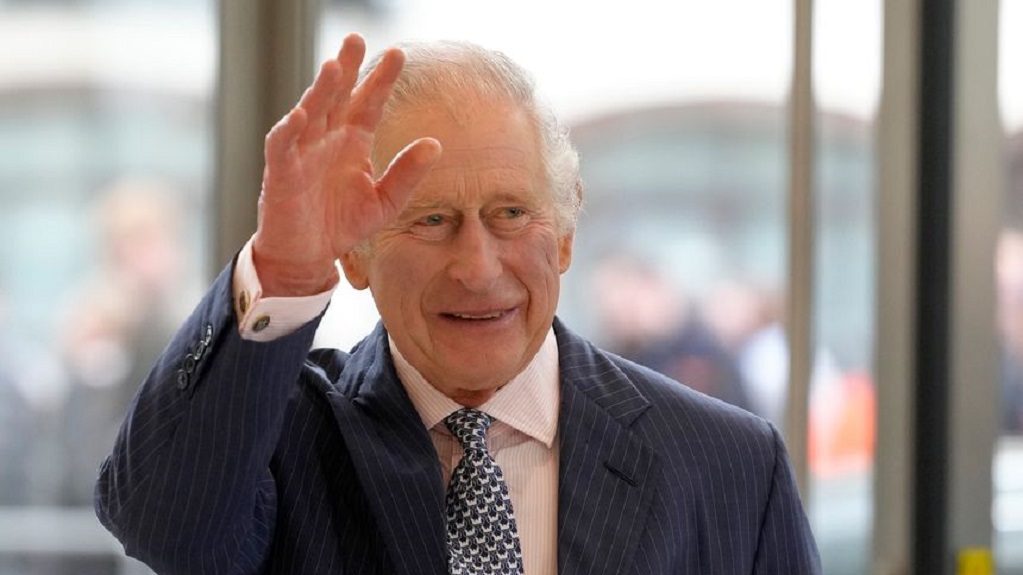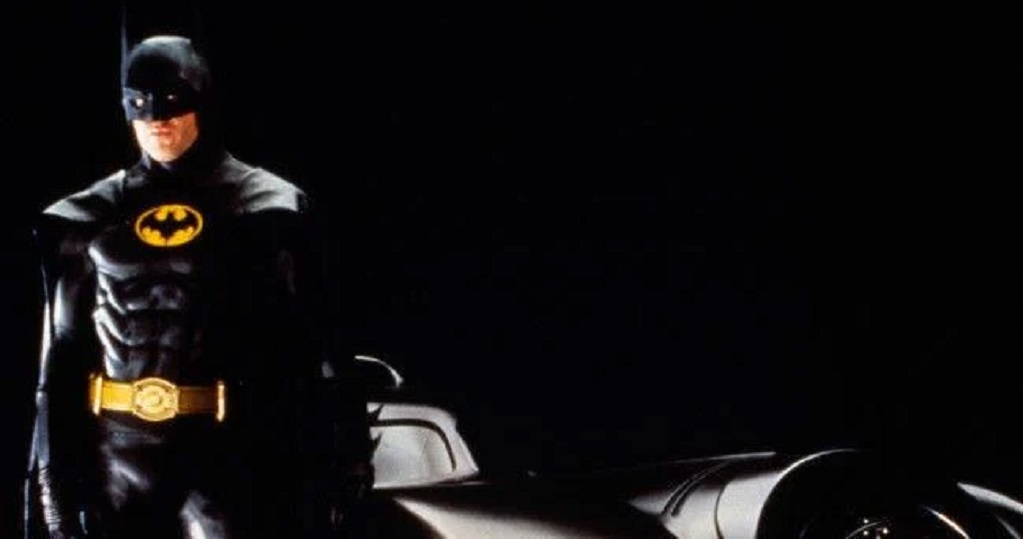Death in the Amazon: Dangers of Environmental Reporting
Written by worldOneFm on June 4, 2023
MADRID — The latest threat to the life of Txai Surui is still fresh in her mind. Protesting deforestation in the Amazon with other Indigenous people last week, she found herself held at gunpoint.
“They got out guns and ambushed two days ago,” Surui said. The Indigenous campaigner recalled the confrontation with gunmen in a telephone interview from Brazil with VOA.
“I am 26 and my parents have been getting death threats since before I was born. We are threatened all the time,” Surui said.
Her testimony speaks of the dangers faced by Indigenous protesters and the journalists who report their stories from gunmen hired by illegal loggers or fishermen.
On June 5, 2022, Dom Phillips, a British journalist who wrote for The Guardian and The Washington Post, and Brazilian Indigenous expert Bruno Pereira, went missing.
They had been on a four-day reporting trip looking at the situation for communities in the Javari region of the Amazon and were working on a book together.
Ten days after they went missing, their bodies were found.
In May 2023, Brazilian federal police brought criminal charges against the former head of Brazil’s Indigenous protection agency for alleged acts of omission they believe indirectly paved the way for the killings.
Marcelo Xavier, a former police chief and head of the protection agency that covered the region where the killings took place, has not commented on the accusations.
Three fishermen are being held in high-security prisons for their alleged involvement in the killings while a judge prepares to rule on whether they will face trial by jury, Reuters reported.
A fourth man, who is suspected of running an illegal fishing network in the Javari Valley region, was named as the mastermind in January, although he has yet to be formally charged.
‘I am here in resistance’ Listen to Bruno Pereira’s last voice note to Survival International.
For those who cover or live in that region, the killings underscored the increasingly risky environment.
“I was not surprised Dom and Bruno were killed. A friend of mine, Ari Uru-eu-wau-wau, was murdered three years ago too,” said Surui, who lives in Rodoñia, another Amazonian state.
Her struggle to save the Amazon with her mother, Neidinha Surui, was made into a 2021 film, Believing in a New World.
“People outside Brazil have to realize the damage that these gangs are doing to the Amazon,” she said.
In the wake of the Phillips killing, The Guardian and about a dozen other international media organizations investigated organized crime and the theft of natural resources in the Amazon.
The joint project was arranged by Forbidden Stories, a Paris-based nonprofit dedicated to completing the work of journalists killed for their work.
Sarah Shenker, a campaigner for Survival International, which campaigns for Indigenous people’s rights, was a close friend of Phillips and Pereira.
She says their deaths left her “shocked and devastated.”
“The difference here is that Bruno and Dom were not Indigenous and Bruno was not from the area. Some non-Indigenous people were killed. It sets a sort of difference with the killings of Indigenous,” she told VOA.
“People thought the gunmen would not go as far as to kill non-Indigenous people, maybe they would not enjoy the same impunity as if they killed Indigenous people, but clearly they did go that far.”
Shenker said she had received threats from gunmen while working to protect Indigenous rights from illegal loggers.
“We are questioned and threatened. Gunmen sometimes fire shots because they don’t want activists to protect Indigenous land. They just want to steal Indigenous land. But we have to carry on. This is one of the most important fights of our time.”
Jonathan Watts, The Guardian‘s global environmental editor, is one of the contributors to the book Phillips and Pereira were working on.
Phillips had completed half of How to Save the Amazon: Ask the People Who Know, before he was killed. Watts and other journalists hope they can finish the book as they mark the journalist’s death and that of Pereira.
‘The dangers are immense’
“I think obviously as we have seen, horrifically with the case of Dom Phillips, the dangers are immense. It is unusual for a journalist to be killed in the [Amazon] forest. But it is becoming more dangerous as organized crime increases its presence in the region,” Watts said in a telephone interview with VOA.
“In the past, there was crime, but there was not big narco gangs as it is today. There are suspicions that they are linked to the illegal fishing gangs which were responsible for the deaths of Dom and Bruno,” Watts said.
He said environmental campaigners who stand in the way of “extractive industries” like logging or illegal fishing face the same dangers as war reporters.
“I think the risk is like being a war reporter. It is a toll on a scale with a war and we lose about 300 per year, according to Global Witness,” Watts said.
Global Witness, an NGO that challenges abuses of power that threaten human rights and the environment, published a report in May that said since 2012, 1,733 of what it terms environmental defenders had been killed. The most dangerous countries: Brazil, Mexico and Colombia.
Environmental journalists who often accompanied activists like Pereira also ran the same risks as war reporters, Watts said.
“Sometimes being an environment reporter has similarities with being a war reporter. By being with a target or traveling with a target, as in the case of Dom, you can accidentally become a witness to a crime.”
Figures from the Brazilian Forum on Public Safety showed that with more than 8,000 deaths, the rate of intentional lethal crime in the Amazon was more than 50% higher than the rest of the country in 2022, The Guardian reported, making it a murder rate similar to Mexico.
In Amazonas state, where Phillips and Pereira were among 1,432 people killed last year, the murder rate was 74% above the national average.






